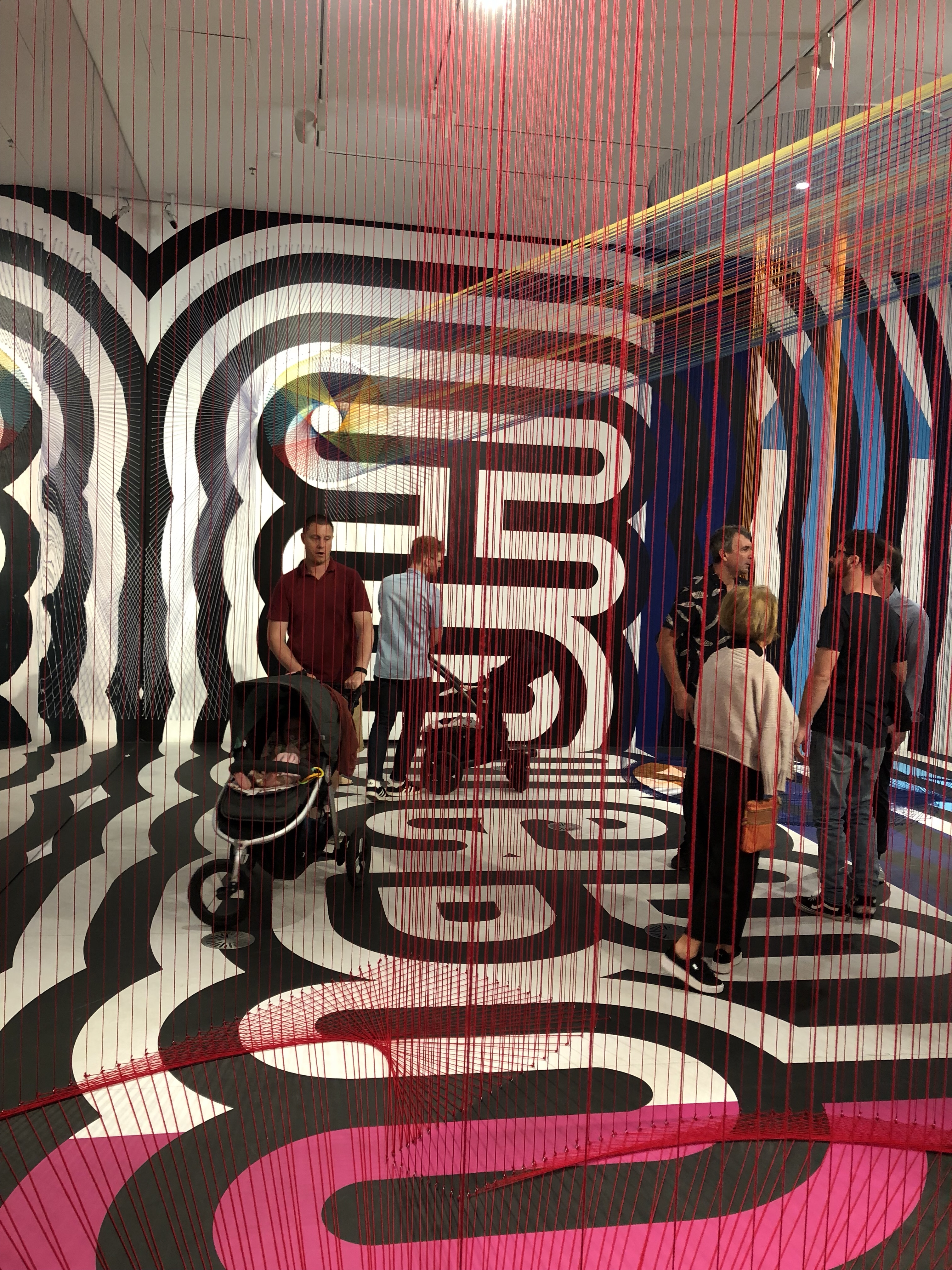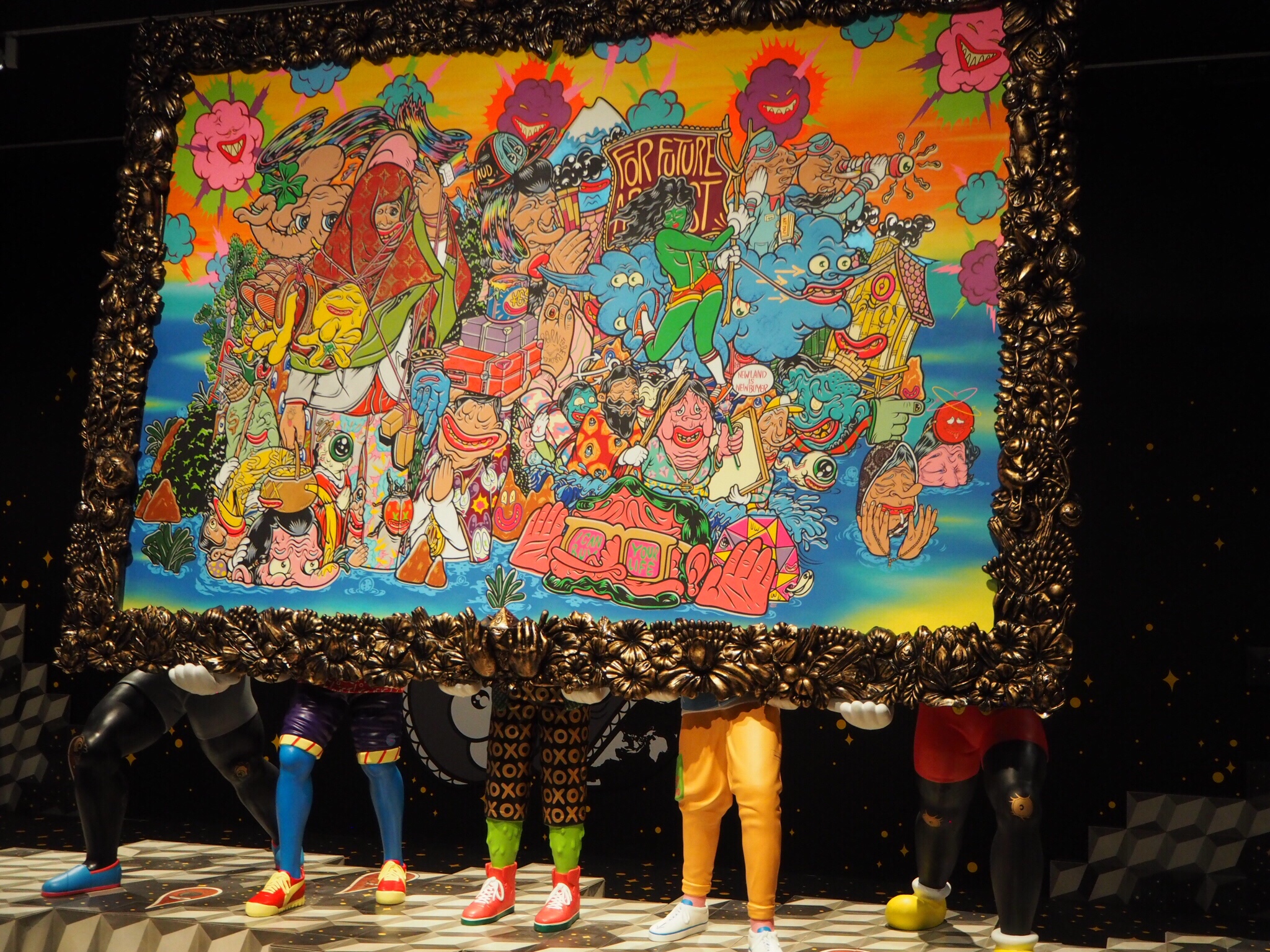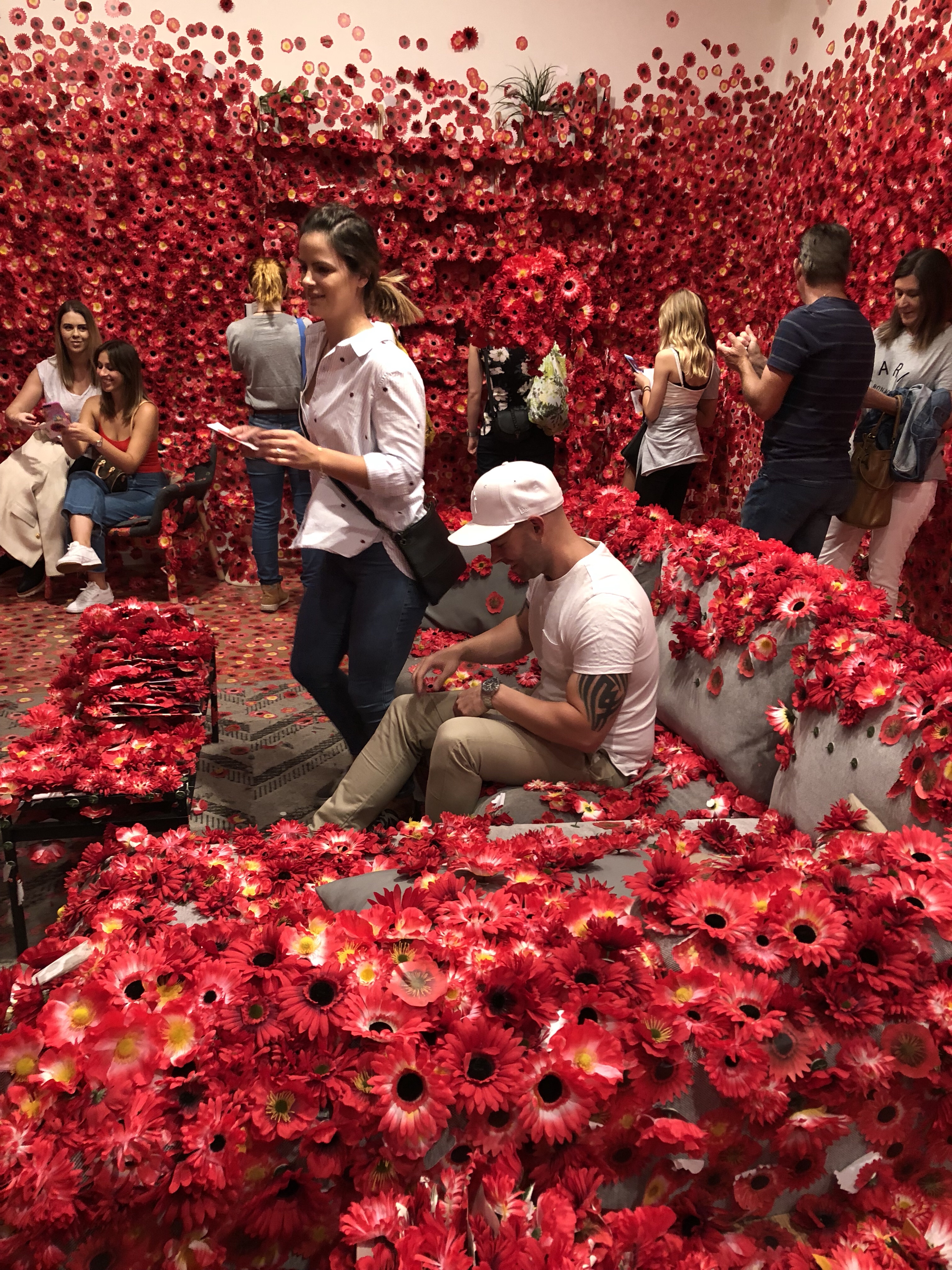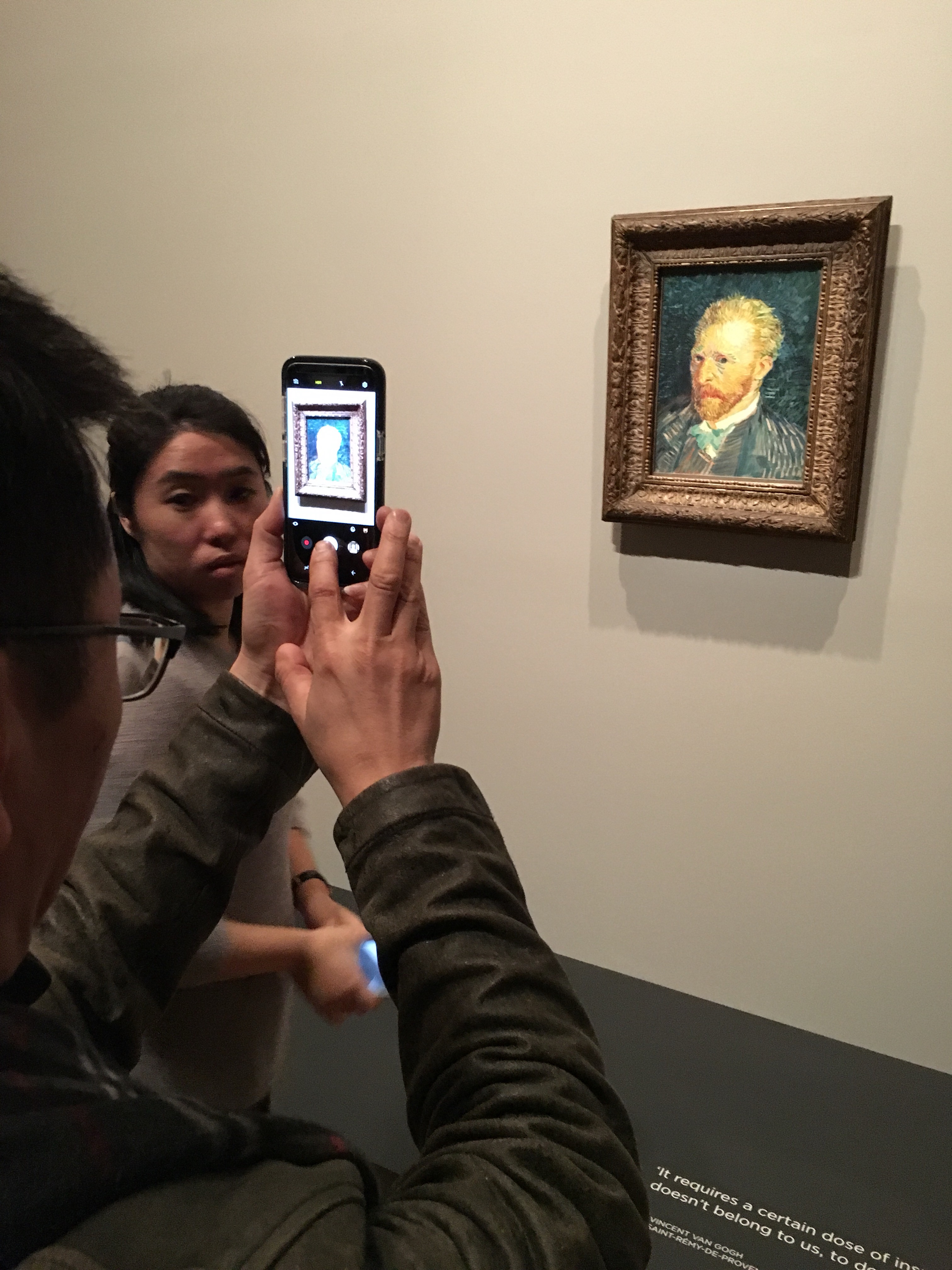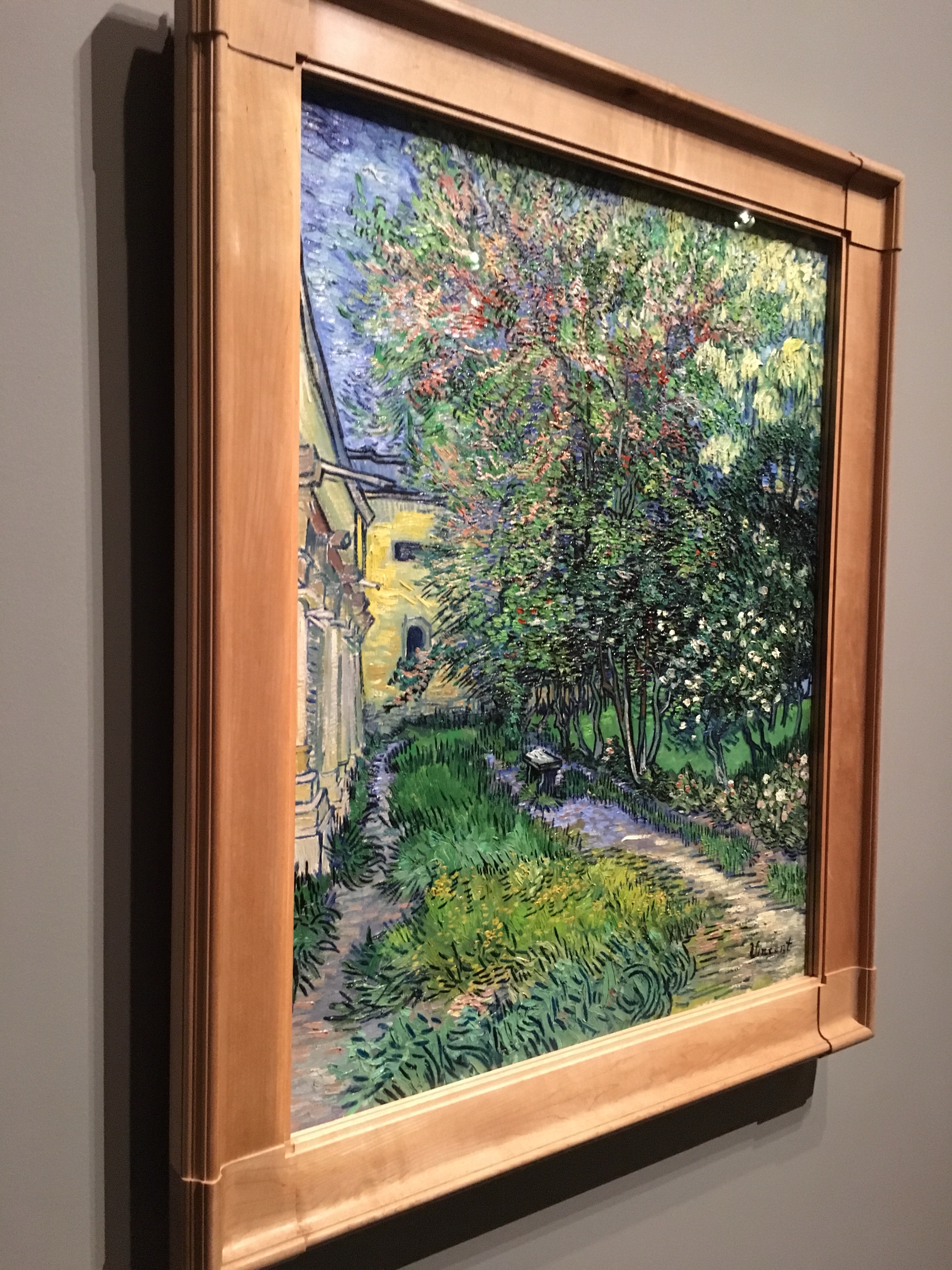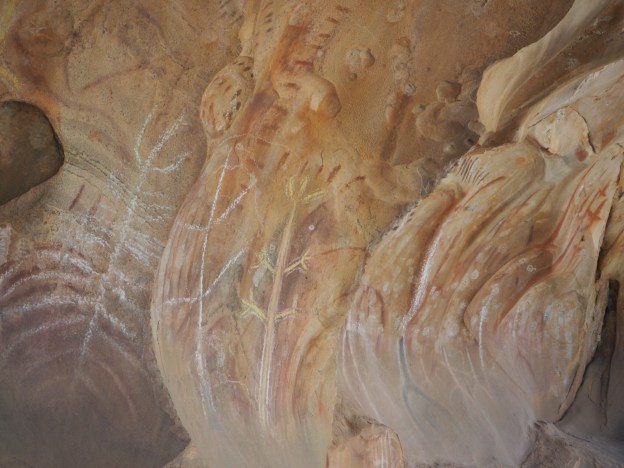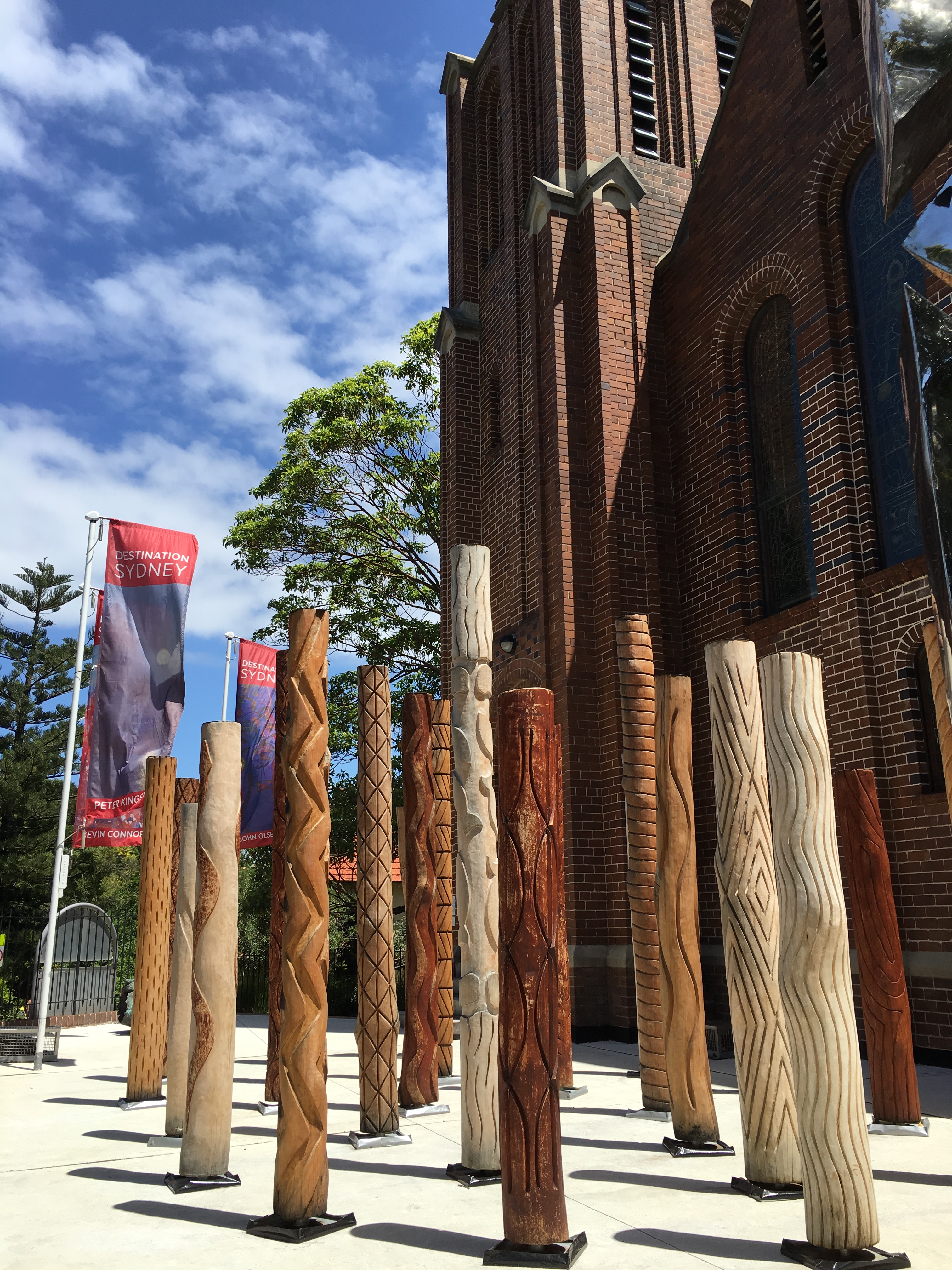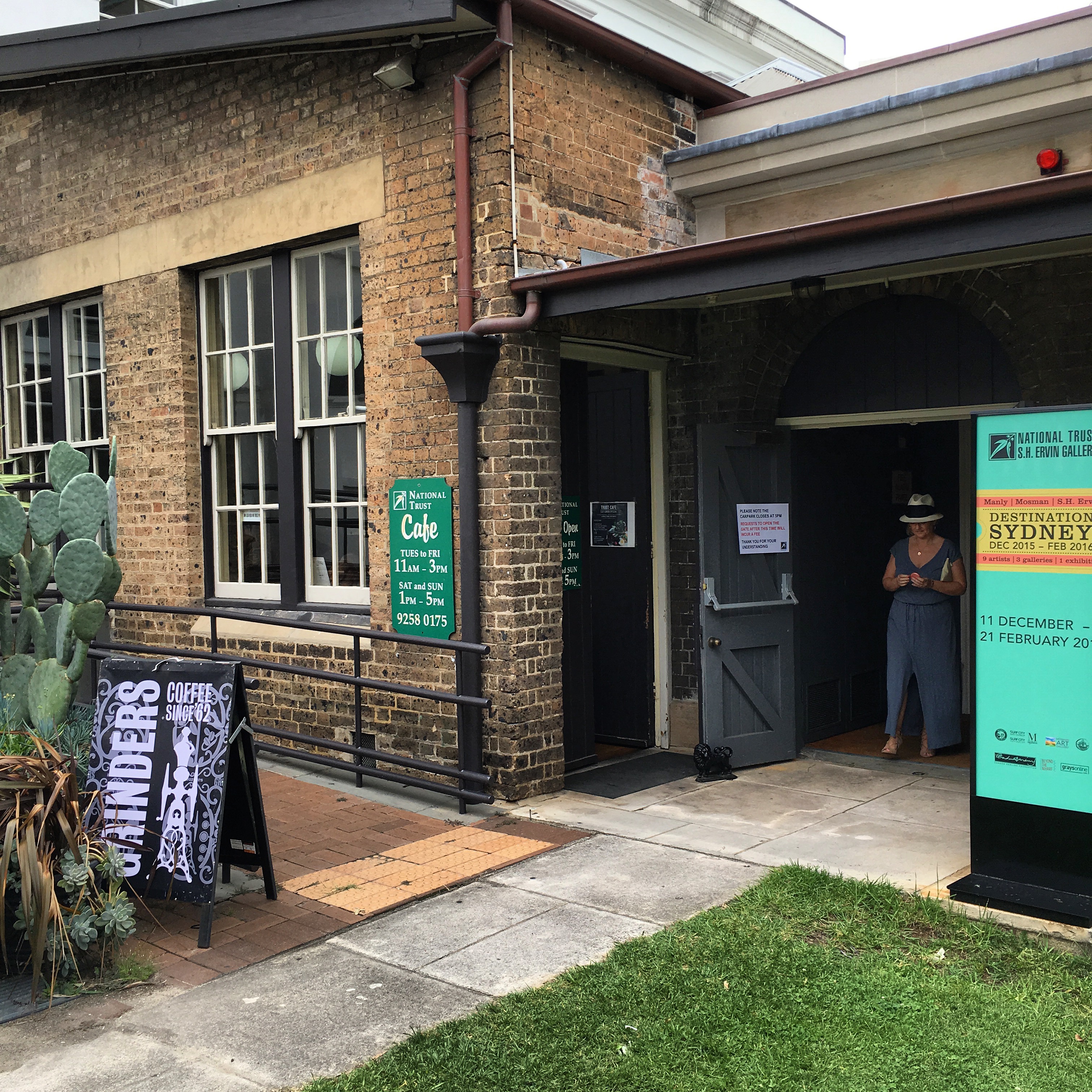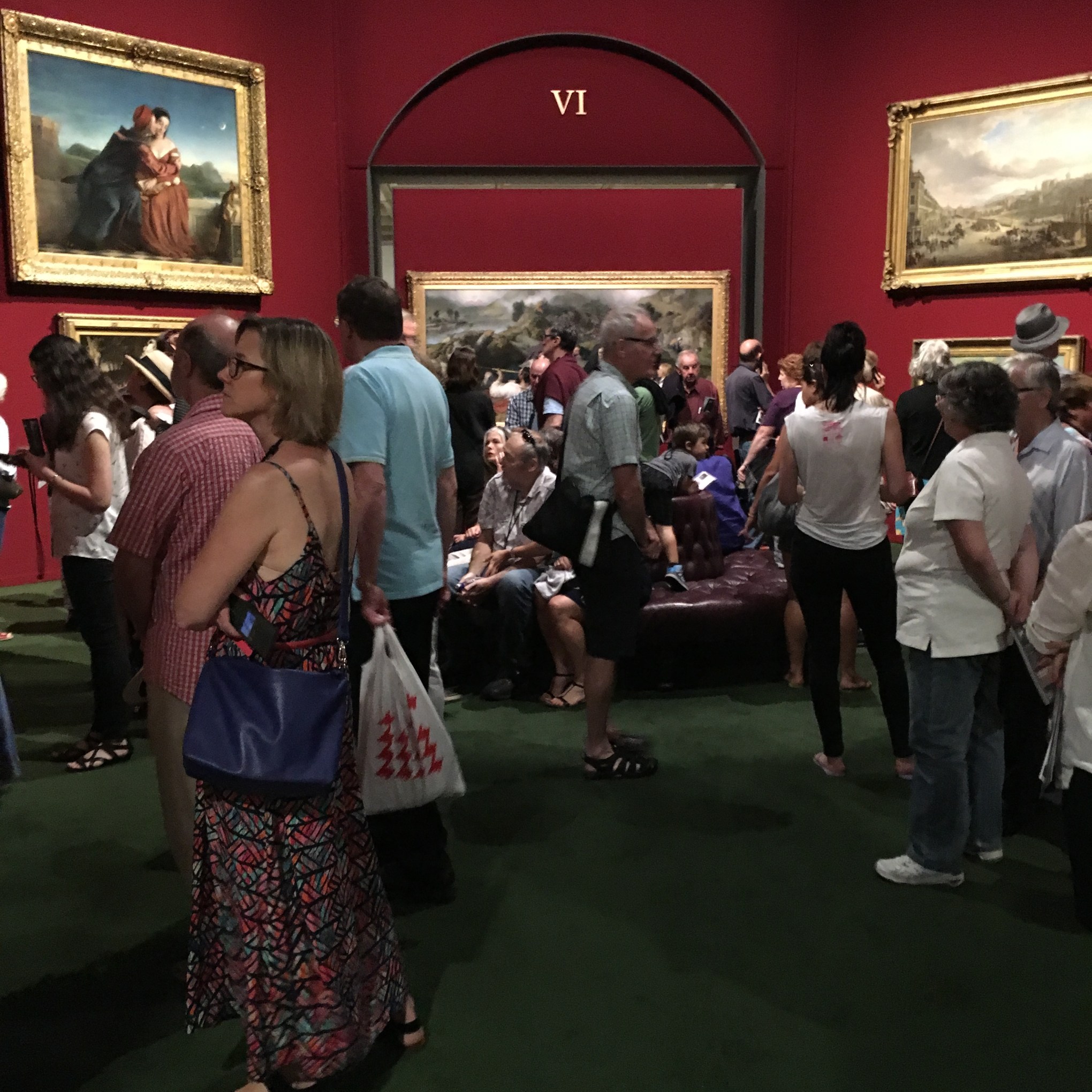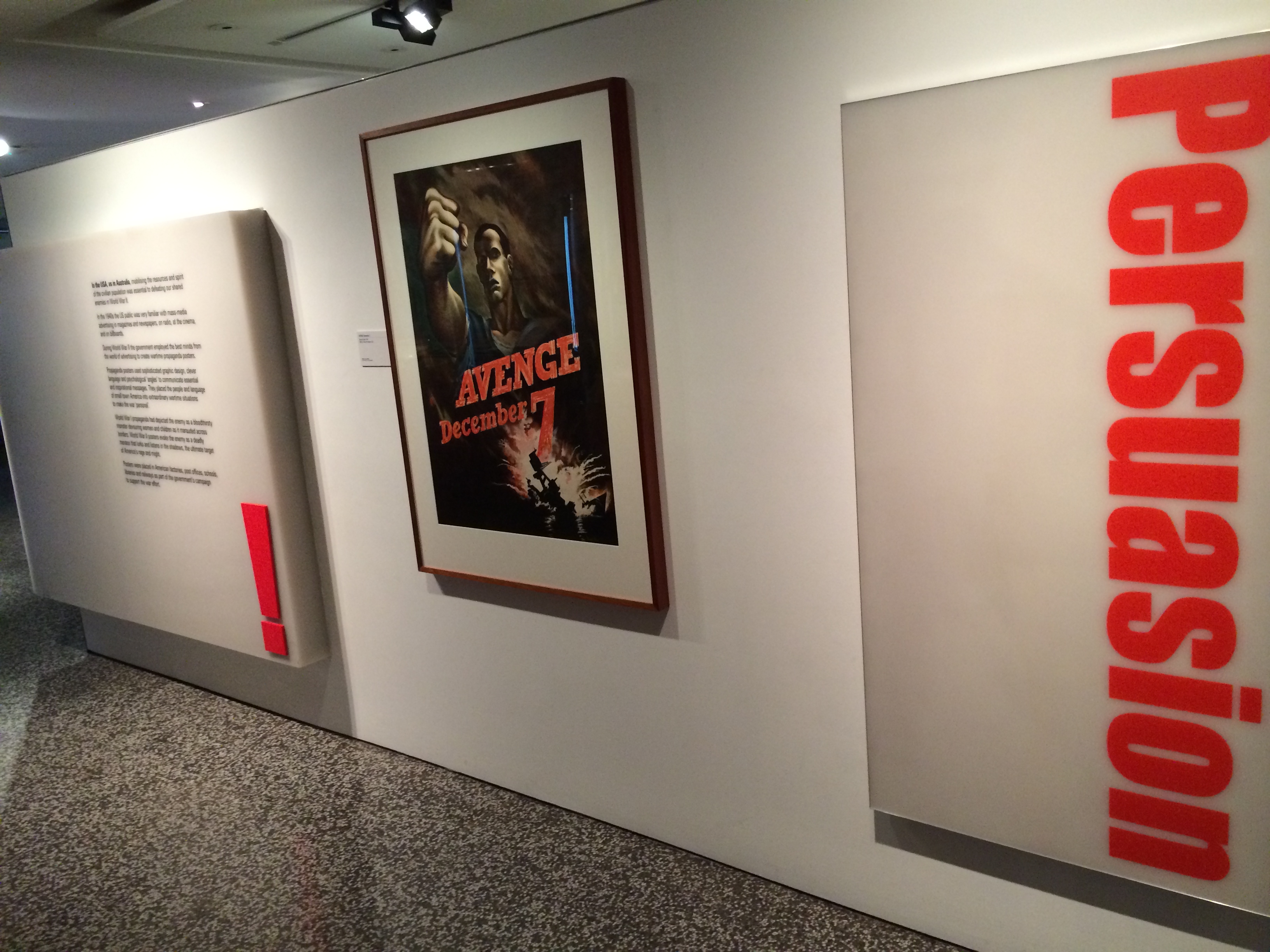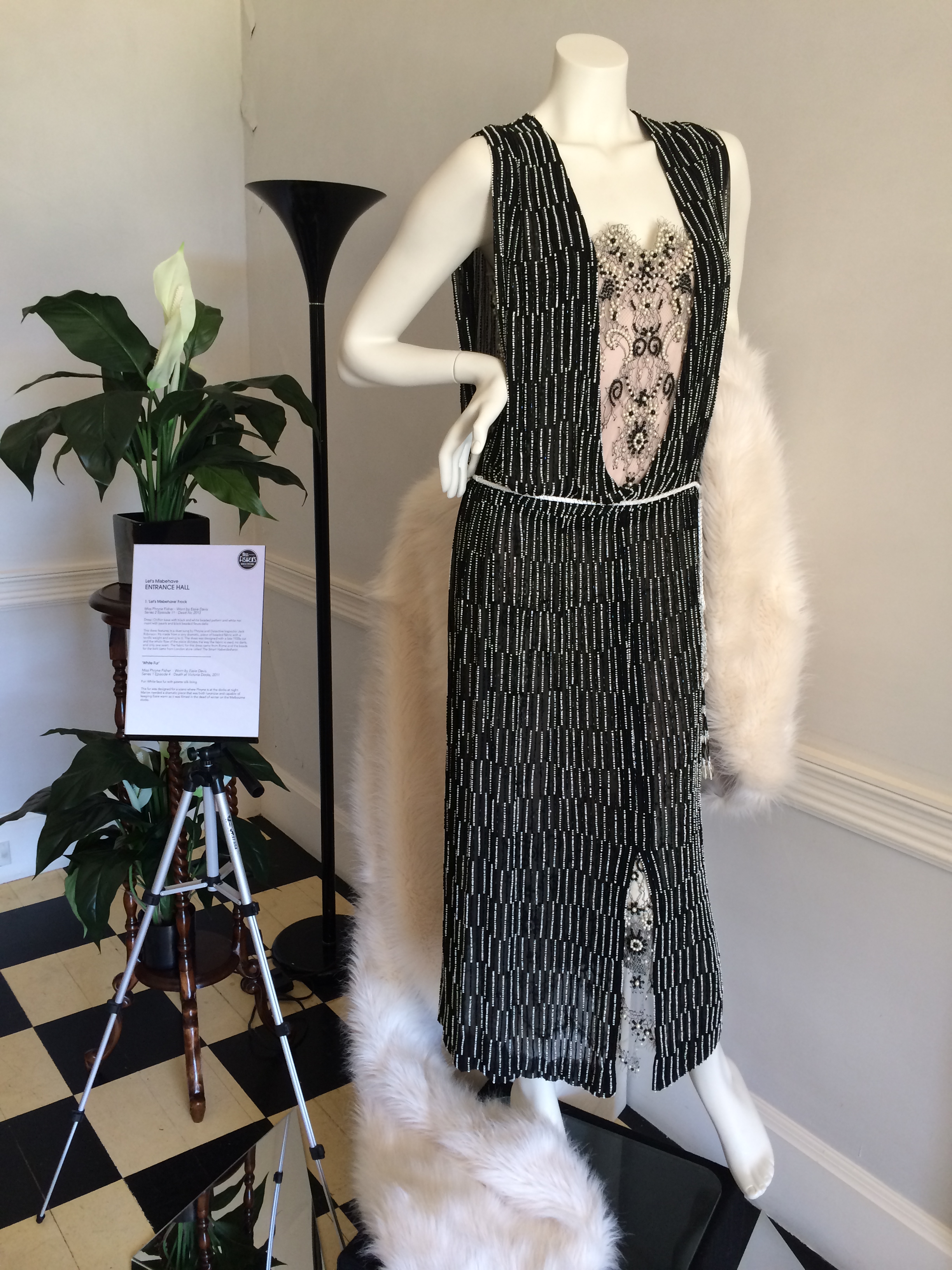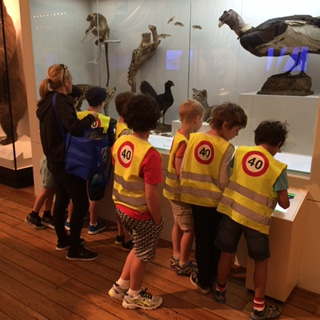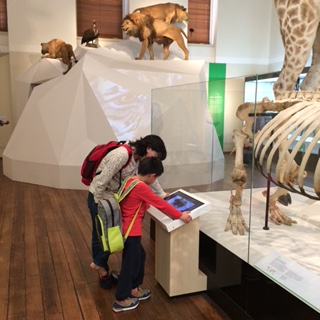It’s often said that history repeats itself. The case for a museum in Parramatta is no exception, the conversation has been happening for more than 120 years and I’m sure that there is sufficient primary source material available to produce a PhD thesis on the subject.

Digitised newspaper articles from the past (via TROVE) reveal that as early as 1899, James Burns had suggested that Old Government House at Parramatta be made into a museum of Australian curiosities. He was willing to have his ships collect curiosities and rare items from the Pacific region, which his company traded with for business purposes.
Daily Telegraph Saturday 1 July

A ground swell movement for a museum rose in response to Parramatta Council’s invitation for residents to come forward with ideas for commemorating the foundation of the city. People thought it appropriate to have a permanent structure to celebrate the city and to be passed on for the enjoyment of future generations.
An awareness for the need to preserve monuments and collect historical items relating to Parramatta in around 1888, the centenary of Parramatta’s foundation. Towards the end of the 19th century citizens of Parramatta began expressing a need for a museum to be built to commemorate the achievements of Parramatta and to provide an attraction for visitors to the area. In a letter to the editor of the Cumberland Argus, James Purser felt the “town would be deserving of such an institution being the oldest in Australia.”
A section of an article from 8 April 1905 rings true to the discussions we are having about a museum in Parramatta in 2020. There has been ongoing community debate for several years about whether or not the Museum of Applied Arts and Sciences (Powerhouse Museum) should be moved holus bolus to Parramatta. The conclusion is still the same – that Parramatta deserves to have a world class museum to reflect on the past and celebrate the present. It is a city of great cultural diversity with significant cultural heritage which needs to be preserved or repurposed rather than knocked down and redeveloped without much thought.
Questions about the Powerhouse move included the loss of heritage buildings to make way for the museum and whether the whole project has been sufficiently well thought out and will meet the needs of people living in Parramatta and Western Sydney. After all the years of talking, it would seem that Parramatta needs both a Powerhouse Museum satellite and its own Museum of Parramatta.
Saturday 8 April 1905
In 1905 there was opposition from Alderman Bartlett (Parramatta City Council) to the museum being built on the southern side of the Town Hall and whether the money could be better spent on subsidising a hospital ward.
At a meeting of Parramatta Council on Saturday 1 July 1911 to discuss the 50 year Jubilee celebrations, it was suggested that the foundation stone be laid for a Historical Museum the building of which should cost no more than £400 spread over a term of years. If only it had gone ahead at that time we may have an institution like the Australian Museum or the Art Gallery of NSW in Parramatta, but alas …… the talking continued.
On 3 July 1912, Mr. J. H. Murray, one of the brothers of the Murray Brothers shopping emporium, raised the proposal to establish a local history association. Murray pointed out that “there were a number of ancient landmarks – Old Government House, the Observatory and others – which should be preserved in the interests of future generations.”
William Freame, a long term Parramatta Historian, wrote a letter to the Cumberland Argus in September 1913, noting that he was surprised that so little had been done to preserve Parramatta’s memorials and perpetuate its history.
From the City of Parramatta Research Services Blog 2013 quotes a letter by Freame to the Cumberland Argus in September 1913:
“Look where I may, I see signs of vandalism, and the hand of the spoiler at work. And there were those, who would have turned its beautiful oak avenues into a highway for wood and brick carts, because of the stray coin or two they might have brought with them; And yet there has been so much that might have been done to preserve ‘Old Parramatta,’ and it has not been done. I remember the scores of old photographs and the several valuable engravings the late Mr. John Taylor possessed; where are they now?”
3 January 1925
By 1925, there were so many newspaper articles being written about The Australian Museum and the War Museum (The Australian War Memorial Museum) in Sydney. It isn’t surprising that there remained a push for a museum at Parramatta as the city continued to grow in size. I have not been able to determine who wrote the anonymous letter to the Editor of the Cumberland Argus shown below. Perhaps some research into primary source material or the handwritten Council Minutes of the time could pinpoint the author.
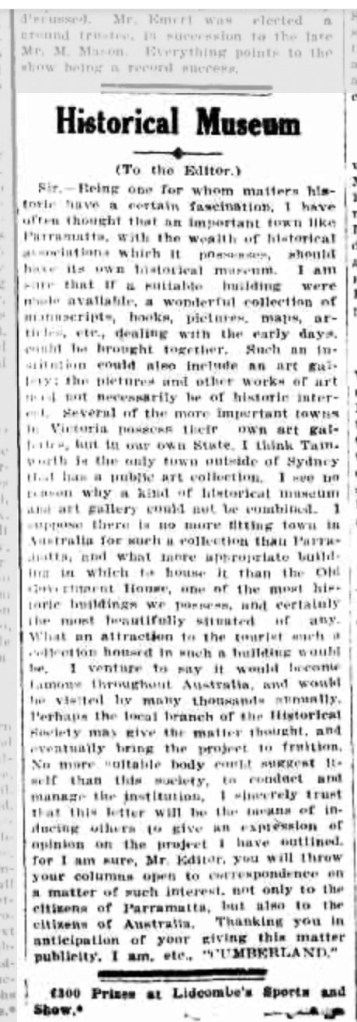

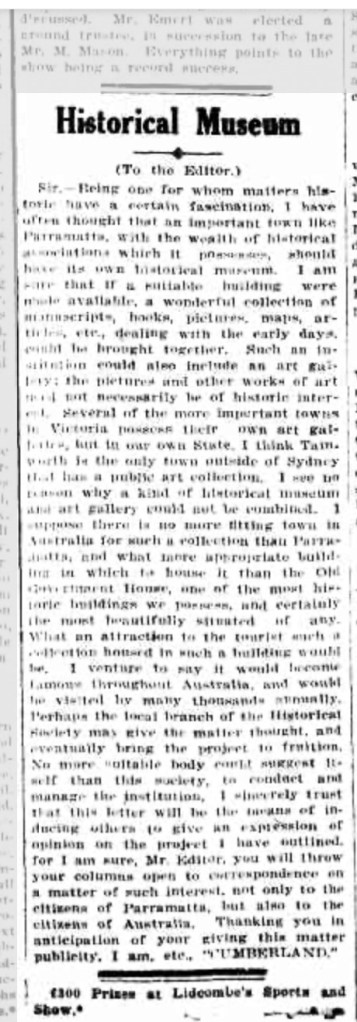
https://trove.nla.gov.au/newspaper/article/103763750
The handwritten minutes of the City of Parramatta Council meetings from the 1930s mentions that one of the Misses Swann (from Elizabeth Farm, Parramatta) was involved in both the Parramatta Historical Society as well as Parramatta Historical Museum Committee. The article below from the Cumberland Argus confirms that Miss Swann and both organisations came together in favour of building a museum in Parramatta. They also called for donations to the collection.
Thursday 14 November 1935
An article in the Sydney Morning Herald the following year again mentions that the committee is looking for material from the district and from several well known, old Parramattan families in particular.
Sydney Morning Herald Tuesday 31 March 1936
On Thursday 28 May 1936, The Cumberland Argus refers to the new Museum playing an important part in connecting people to the Sesquicentenary celebrations of Parramatta in 1938. “No doubt many overseas visitors will come to Parramatta during that year and that material of historic value will be of appeal to these people”. It also mentions that in the United States of America, “there is not a state in the union without a historical museum and the oldest states have several museums” and that they are recognised as “an important element of cultural character”.
“Parramatta, the oldest town in the State Outside Sydney should be the first to set up a Historical Museum”. Daily Telegraph 29 June 1936
Then in August 1936, The Cumberland Argus reported on a dispute over the new museum and the “acrimonious exchanges” between the Historical Museum Committee, Parramatta Council and The Parramatta Historical Society (PHS) which led to the PHS disassociating itself from the Parramatta Historical Museum Committee and developing a museum of its own.
Wed 2 November 1938
World War II intervened and there appears to be very little in the paper about a museum for Parramatta until 1948 when the subject was again discussed in the local newspaper. The following year Parramatta City Council accepted an offer from the estate of Sir Joseph Cook accepting his Windsor Court Dress and insignia of the Order of St Michael and St George. Many years later after the uniform went missing and was found in a council storeroom, Philip Ruddock called for a museum to be built in Parramatta. In 1949 Parramatta City Council tried to secure Old Government House as a permanent site for a museum but it was during the sixties that Old Government House was acquired and dedicated as a house museum after it was vacated by The King’s School. During the sixties there was a movement to protect some of Parramatta’s heritage buildings from developers. Too late for the buildings from The Vineyard and Subiaco Estate which were demolished to make way for a car park for Rheem Australia Pty Ltd.
Privy Council uniform made for Joseph Cook (Prime Minister 1913-1914) in 1914. The uniform consists of a jacket with tails, pair of trousers, cloak (now missing), ceremonial sash, ceremonial half sash (possibly for wearing with the cloak), sword and sword holster. The Privy Council uniform and ceremonial sword were worn on special occasions, such as the opening of Parliament. In 1918 Cook was presented with the insignia of the Order of St Michael and St George. The set consists of a collar and star, worn with the Privy Council uniform. Parramatta Heritage Centre. City of Parramatta Council collection.
Looking back, we can see how much the city of Parramatta has changed from a colonial settlement on Aboriginal land to a diverse and vibrant city in 2020. Our cultural heritage is constantly changing but it is important to reflect all the layers of history in a world class facility which brings people together and is a safe place to discuss all aspects of Australia’s past and to reflect how this has affected us and how we can move forward into the future. We have spoken about needing a museum and protecting our cultural heritage for too long. 120 years later – let’s act.
Extra reading
The articles below are the tip of the iceberg as far as truth and fiction about the Powerhouse move and the need for a significant museum in Parramatta. I think that the fact that the building of a museum has been argued about for more than 120 years shows that now is the time to get our act together to create a museum which showcases the history and cultural heritage of Parramatta, Western Sydney and NSW in all its glorious layers Indigenous, Colonial and Multicultural Australian.
The Parramatta and District Historical Society, 100 Years Old. Looking back to its beginnings.
The other side – why the Powerhouse should move west. https://visual.artshub.com.au/news-article/features/museums/gina-fairley/the-other-side-why-the-powerhouse-should-move-west-253455
Opinion: Parramatta Powerhouse Move better for Sydney https://thechamber.com.au/Media/Opinion-Parramatta-Powerhouse-Move-Better-for-Syd
Trashing the Powerhouse Museum https://cityhubsydney.com.au/2020/01/trashing-the-powerhouse-museum/
How the Powerhouse was saved https://www.cultureheist.com.au/2020/07/08/how-the-powerhouse-was-saved/
Five Museum Ideas for Parramatta. Kylie Winkworth. https://powerhousemuseumalliance.com/museum-opportunities/five-museum-ideas-for-parramatta/
Concept – Museum of Parramatta https://museumwhisperings.blog/2019/10/19/concept-museum-of-parramatta/
Plea for History Museum at Parramatta https://trove.nla.gov.au/newspaper/article/105736073



